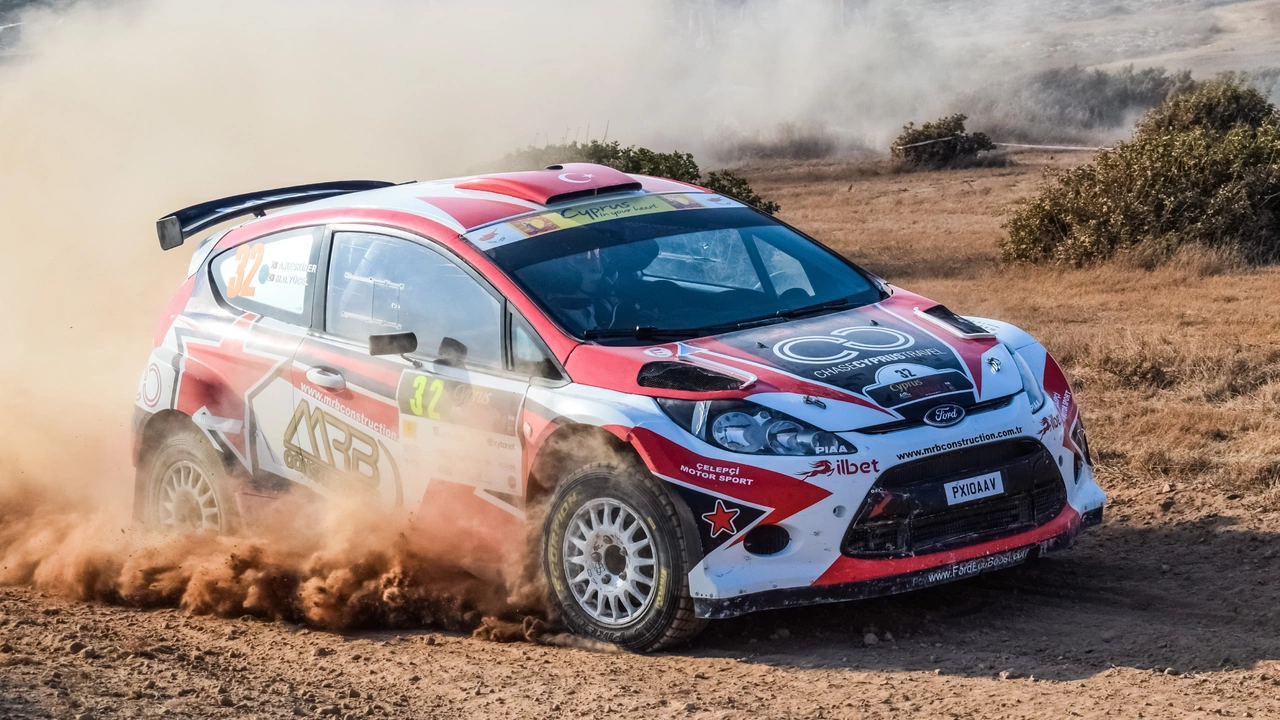Speed in Rally: What Makes Cars Tear Up the Stages
When you think of rally, the first thing that pops up is the roar of an engine screaming past a bend. But speed isn’t just about how loud the car is – it’s a mix of the right gear, the right technique, and the right set‑up for each surface. In this guide we’ll break down the key parts that turn a regular rally car into a speed machine.
Gearboxes and Shifting for Maximum Speed
Most rally drivers use a sequential gearbox. Unlike a normal H‑pattern, you push the stick forward for up‑shifts and pull it back for down‑shifts. No hunting for 3rd or 4th – you just march through the gears in order. This design cuts shift time to a split second, which is huge when you’re hitting 100 mph on gravel and need every millisecond.
Because the shifts are so fast, drivers often add a short‑throw shifter. It reduces the distance the lever travels, letting you change gears without taking your eyes off the road. Pair that with a well‑tuned rev‑match, and the car stays in its power band – the sweet spot where the engine makes the most torque.
Front‑wheel‑drive (FWD) cars can also be quick, especially on icy or snow‑covered stages. The weight sits over the driven wheels, which can give better traction when you’re sliding around tight corners. Still, most top crews prefer rear‑wheel‑drive (RWD) or all‑wheel‑drive (AWD) for the extra grip on loose surfaces.
Driving Techniques that Keep the Pace High
Drifting isn’t just for show. When a driver initiates a controlled slide, the car can keep a higher average speed through a corner. The trick is to balance the throttle and the hand‑brake so the rear wheels lose just enough grip to rotate while the front wheels stay pointed where you want to go.
Hand‑brakes (the long sticks you see in the cockpit) are essential for quick direction changes. Pull the hand‑brake, the rear wheels lock, the car pivots, and you get a sharper angle without losing too much momentum. Mastering the timing of this move can shave seconds off a stage.
Tire choice is another hidden speed driver. Soft compounds give better grip but wear fast, while hard compounds last longer but can be slippery on gravel. Many crews swap tires between stages, matching the compound to the expected surface and temperature.Lastly, the navigator plays a silent yet vital role. Accurate pace notes let the driver anticipate every crest, dip, and surface change, meaning you can carry more speed into the next section without guessing.
Combine a quick‑shifting gearbox, the right drive layout, smart drifting, and perfect notes, and you’ve got a recipe for speed that works on any rally stage. Whether you’re a teen just starting out or a seasoned pro, focusing on these areas will help you push the limits safely and consistently.
How fast do rally cars go in MPH?
In the thrilling world of rally racing, speed is king. Rally cars can typically reach speeds of up to 120-130 MPH on straight sections of the course, depending on the car and conditions. However, it's important to note, much of rally racing involves navigating tight turns and rough terrain, where precision and control often trump outright speed. So, while these vehicles may not match the top speeds of their track racing counterparts, the skill and agility required in rally racing make it an adrenaline-packed spectacle. After all, it's not just about how fast you go, but how well you can handle the ride.
Read More

